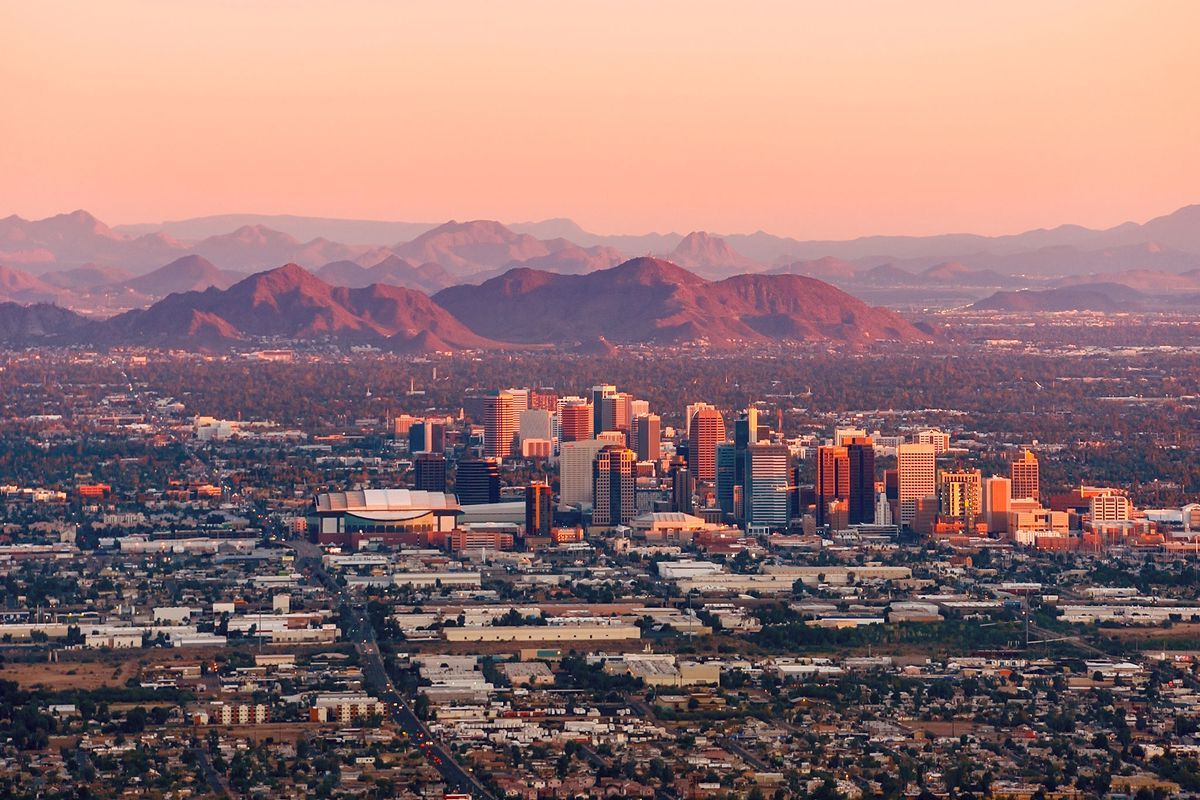
New York weather can be a rollercoaster of surprises. From sweltering summers to bone-chilling winters, the Big Apple's climate keeps everyone on their toes. Did you know that New York City experiences all four seasons distinctly? Summers can reach scorching highs of 90°F, while winters often dip below freezing. Spring and fall bring milder temperatures, making them the most pleasant times to visit. Snowstorms can blanket the city in white, sometimes bringing life to a standstill. Rainfall is fairly consistent throughout the year, averaging around 50 inches annually. Whether you're a local or a visitor, understanding New York's weather patterns can help you plan better and stay prepared. Buckle up for a whirlwind of weather facts that will make you appreciate the city's ever-changing skies!
New York's Four Distinct Seasons
New York experiences all four seasons distinctly, each bringing its own charm and challenges. From the sweltering heat of summer to the icy chill of winter, the weather in New York is anything but predictable.
- Summer Heat: Temperatures in New York City can soar above 90°F (32°C) during summer. Heatwaves are common, making air conditioning a necessity.
- Winter Chill: Winters can be brutally cold, with temperatures often dropping below freezing. Snowstorms can blanket the city, causing disruptions.
- Spring Bloom: Spring brings mild temperatures and blooming flowers. Central Park becomes a sea of colors with cherry blossoms and tulips.
- Autumn Colors: Fall is famous for its vibrant foliage. The changing leaves create picturesque scenes, especially in upstate New York.
Record-Breaking Weather Events
New York has seen its share of extreme weather events that have made history. These events have shaped the city's infrastructure and emergency preparedness.
- Hurricane Sandy: In 2012, Hurricane Sandy caused unprecedented damage, flooding subways and streets. It was one of the costliest hurricanes in U.S. history.
- Blizzard of 1888: Known as the Great Blizzard, it dumped over 50 inches of snow, paralyzing the city for days.
- Heatwave of 1936: This heatwave saw temperatures reach 106°F (41°C), causing numerous heat-related deaths.
- Cold Wave of 1918: Temperatures plummeted to -13°F (-25°C), one of the coldest in New York's history.
Rain and Snow Patterns
Precipitation in New York varies widely, with some years seeing record rainfall and others experiencing drought conditions. Snowfall can also be unpredictable.
- Average Rainfall: New York City receives about 50 inches of rain annually. Rain is fairly evenly distributed throughout the year.
- Snowfall Variability: Snowfall can range from a few inches to several feet. The city averages around 25 inches of snow per year.
- Nor'easters: These powerful storms can bring heavy snow, rain, and strong winds. They often cause significant coastal flooding.
- Thunderstorms: Summer thunderstorms are common, sometimes bringing heavy rain, lightning, and even hail.
Microclimates in New York
New York's diverse geography creates microclimates, where weather conditions can vary significantly over short distances.
- Urban Heat Island: New York City is warmer than its surrounding areas due to concrete and asphalt absorbing heat. This effect is most noticeable at night.
- Hudson Valley: This region experiences cooler temperatures and more snowfall compared to the city. It's a popular spot for winter sports.
- Long Island: Coastal areas like Long Island have milder winters and cooler summers due to the Atlantic Ocean's influence.
- Adirondack Mountains: This area sees much colder temperatures and heavy snowfall, making it a winter wonderland.
Weather Impact on Daily Life
Weather in New York significantly affects daily life, from commuting to outdoor activities. Residents and visitors alike must adapt to the changing conditions.
- Commuting Challenges: Snow and ice can disrupt public transportation. Subways and buses often face delays during severe weather.
- Outdoor Activities: Central Park and other outdoor spaces are bustling in spring and fall. Winter sports are popular upstate.
- Fashion Adaptations: New Yorkers are known for their stylish yet practical clothing. Layering is key to adapting to temperature changes throughout the day.
- Tourism: Weather influences tourism patterns. Summer and fall are peak tourist seasons, while winter sees fewer visitors.
Climate Change and Future Trends
Climate change is impacting New York's weather patterns, leading to more extreme and unpredictable conditions. The city is taking steps to mitigate these effects.
- Rising Sea Levels: Coastal areas are at risk of flooding due to rising sea levels. Efforts are underway to build sea walls and other protective measures.
- Increased Heatwaves: Heatwaves are becoming more frequent and intense. The city is expanding cooling centers and green spaces to combat this.
- More Intense Storms: Climate change is leading to more powerful storms. Infrastructure improvements aim to reduce damage from future events.
- Changing Precipitation: Rainfall patterns are shifting, with more intense downpours and longer dry spells. Water management systems are being updated.
Fun Weather Facts
New York's weather has some quirky and interesting aspects that might surprise you. These fun facts highlight the unique characteristics of the city's climate.
- Foggy Days: New York experiences about 20 foggy days per year, mostly in spring and fall.
- Lightning Strikes: The Empire State Building gets struck by lightning about 25 times a year. It's designed to handle these strikes safely.
- Temperature Swings: In one day, temperatures can swing by 30°F (17°C) or more. This makes dressing in layers essential.
- Windy City: While Chicago is known as the Windy City, New York can be quite breezy, especially in winter. Wind tunnels between skyscrapers amplify this effect.
- Sunshine Hours: New York gets about 2,500 hours of sunshine annually. Summers are the sunniest, while winters are the gloomiest.
- Hailstorms: Hail is rare but not unheard of. When it does occur, it can cause significant damage to cars and property.
New York Weather: The Final Word
New York weather is a wild ride. From scorching summers to frigid winters, the city experiences it all. Spring and fall offer a sweet spot with mild temperatures and vibrant colors. Snowstorms can shut down the city, while heatwaves make the concrete jungle swelter. Humidity in the summer can be intense, but crisp autumn air brings relief. Rainfall is pretty evenly spread throughout the year, so always keep an umbrella handy. Windy days are common, especially near the coast. Microclimates mean weather can vary significantly across different neighborhoods. Whether you're a local or a visitor, understanding these weather patterns helps you prepare for whatever Mother Nature throws your way. So, next time you step out in New York, you'll know exactly what to expect. Stay weather-wise and enjoy the Big Apple in all its seasonal glory!
Was this page helpful?
Our commitment to delivering trustworthy and engaging content is at the heart of what we do. Each fact on our site is contributed by real users like you, bringing a wealth of diverse insights and information. To ensure the highest standards of accuracy and reliability, our dedicated editors meticulously review each submission. This process guarantees that the facts we share are not only fascinating but also credible. Trust in our commitment to quality and authenticity as you explore and learn with us.


